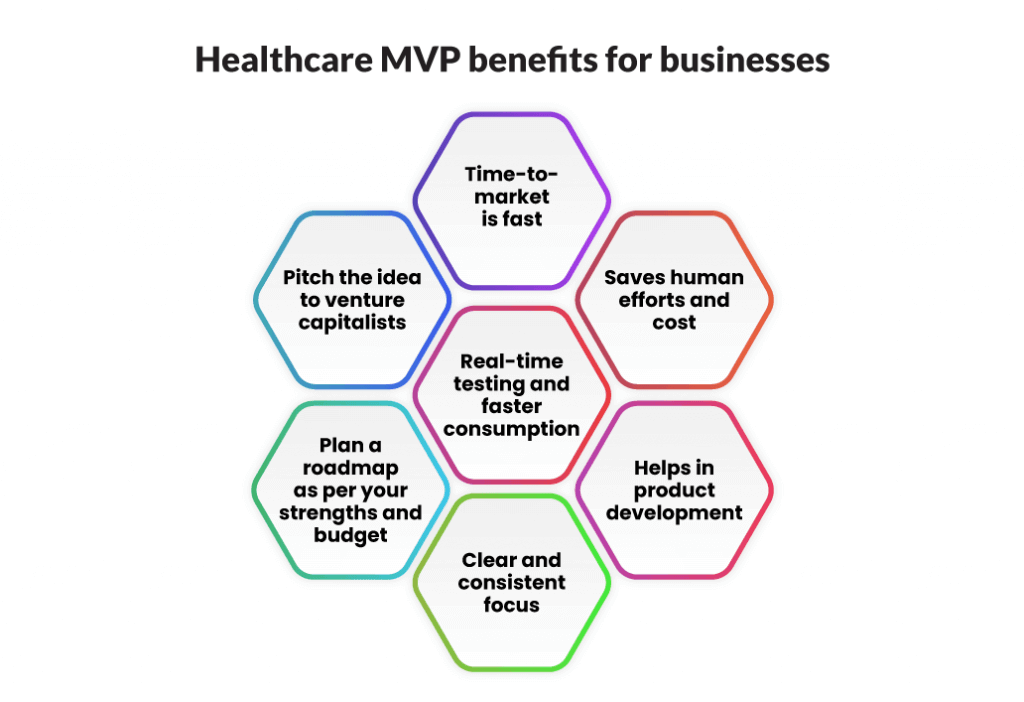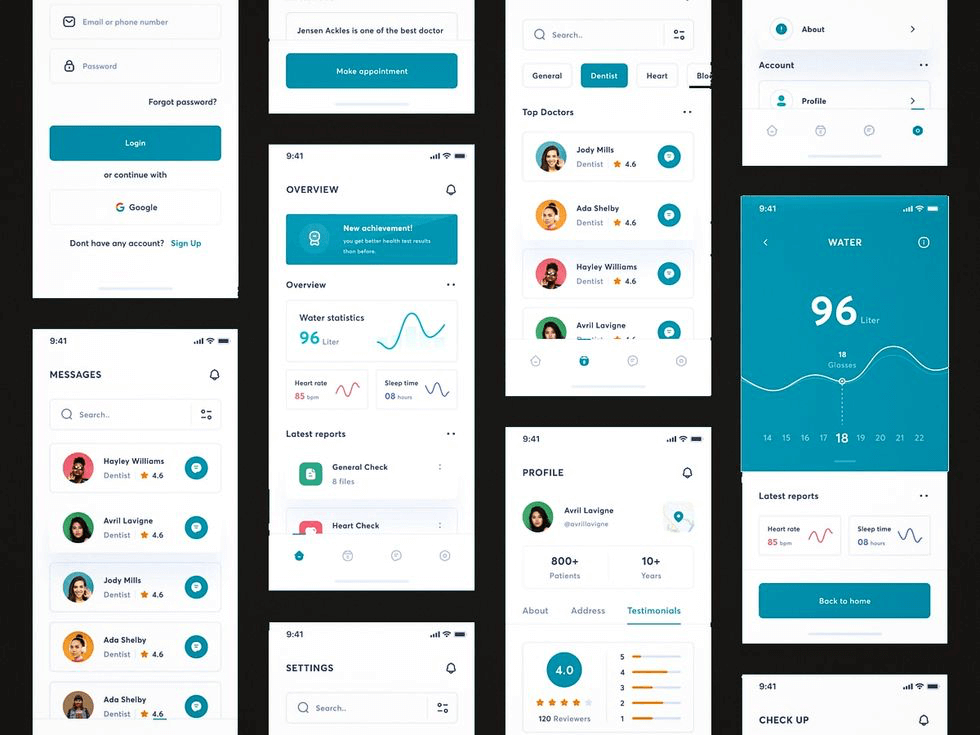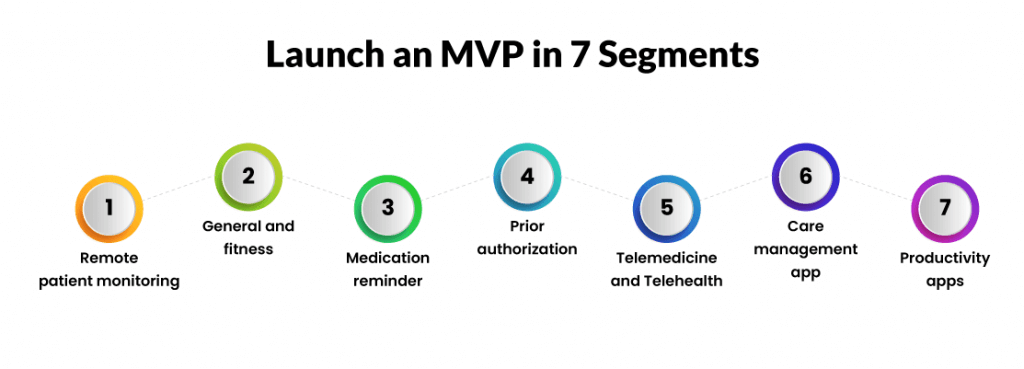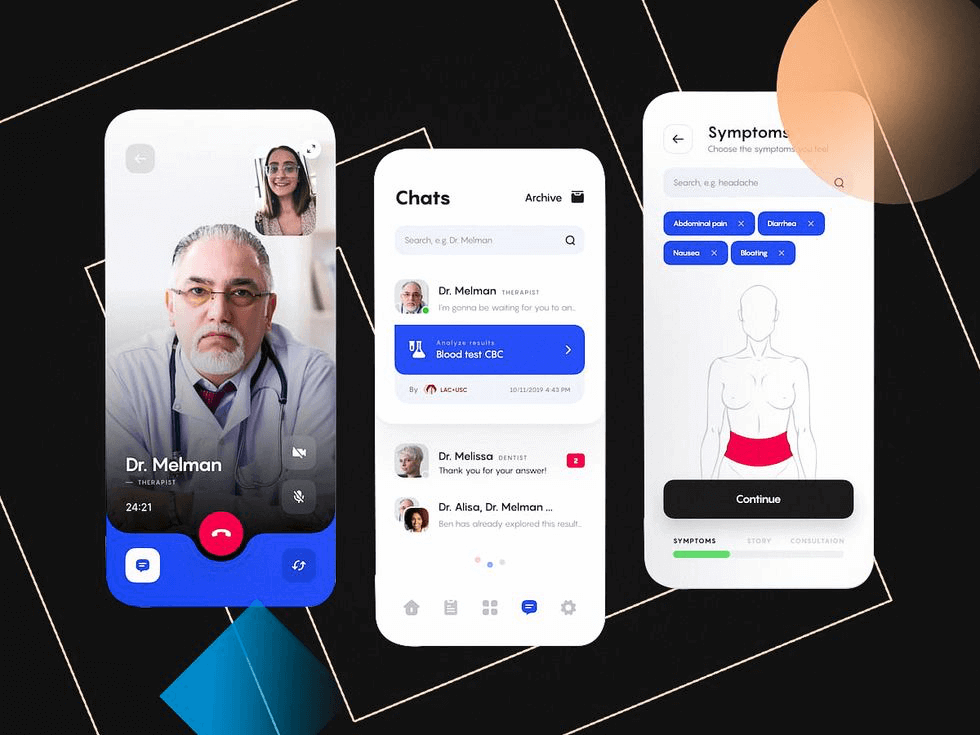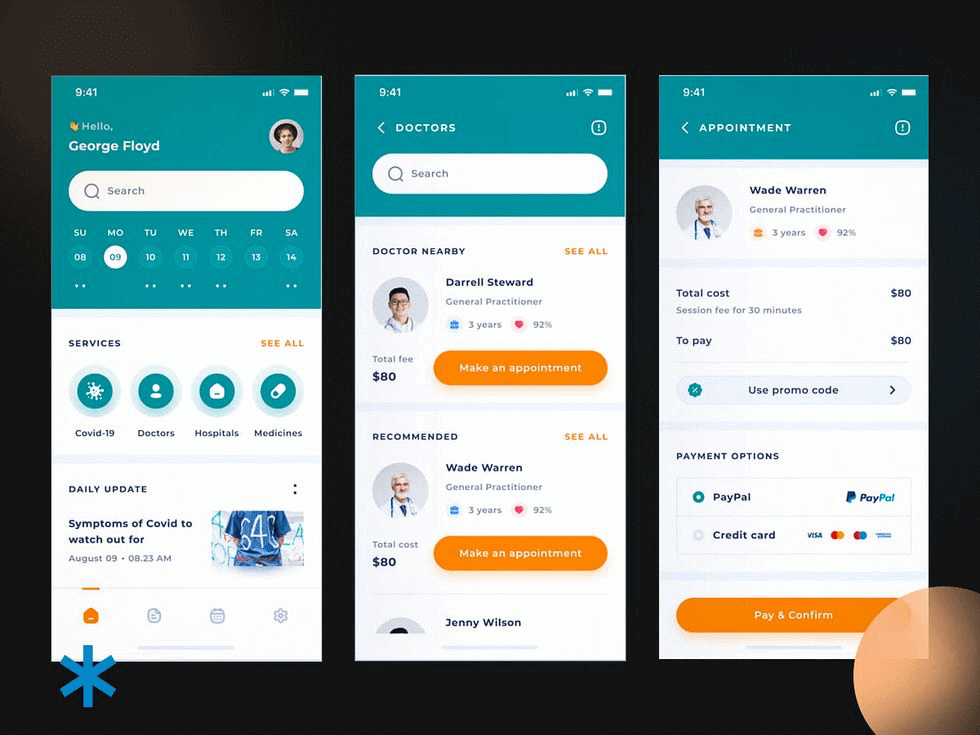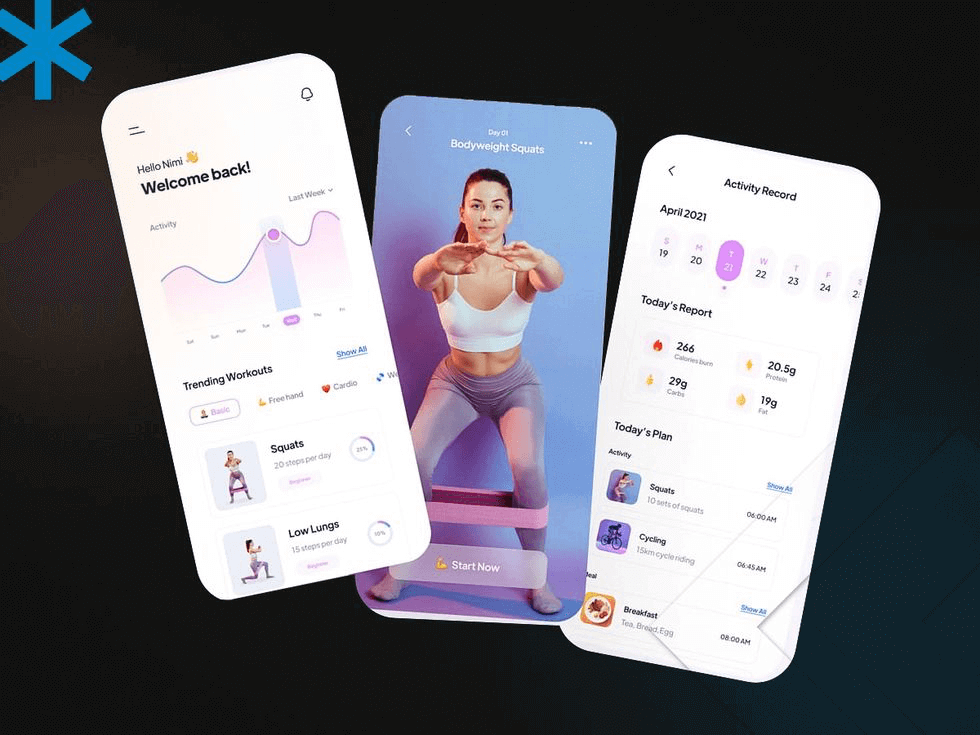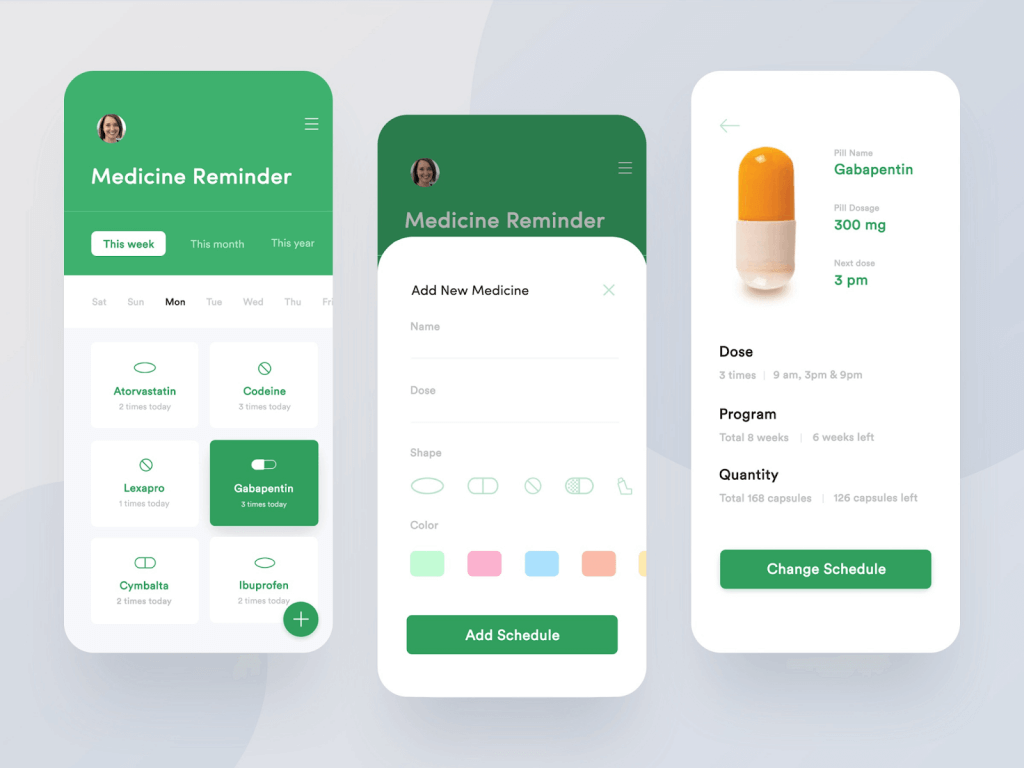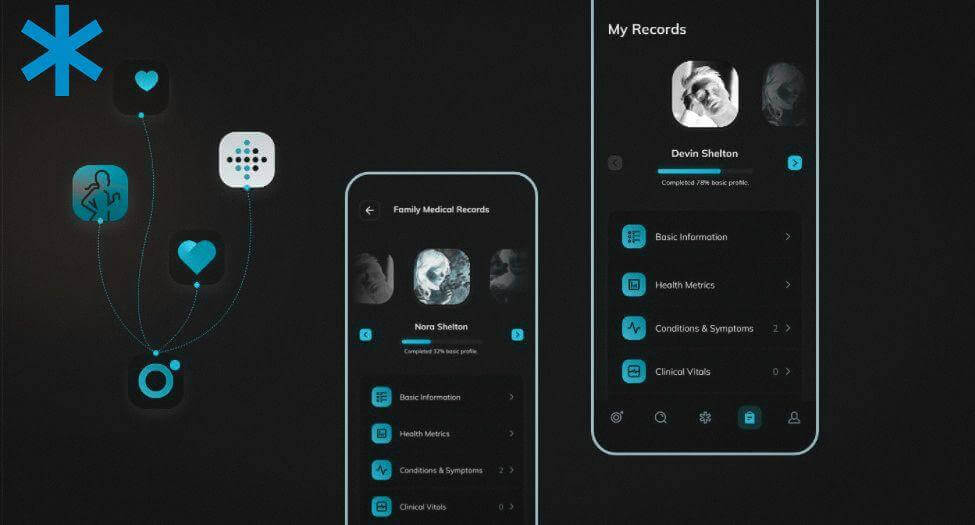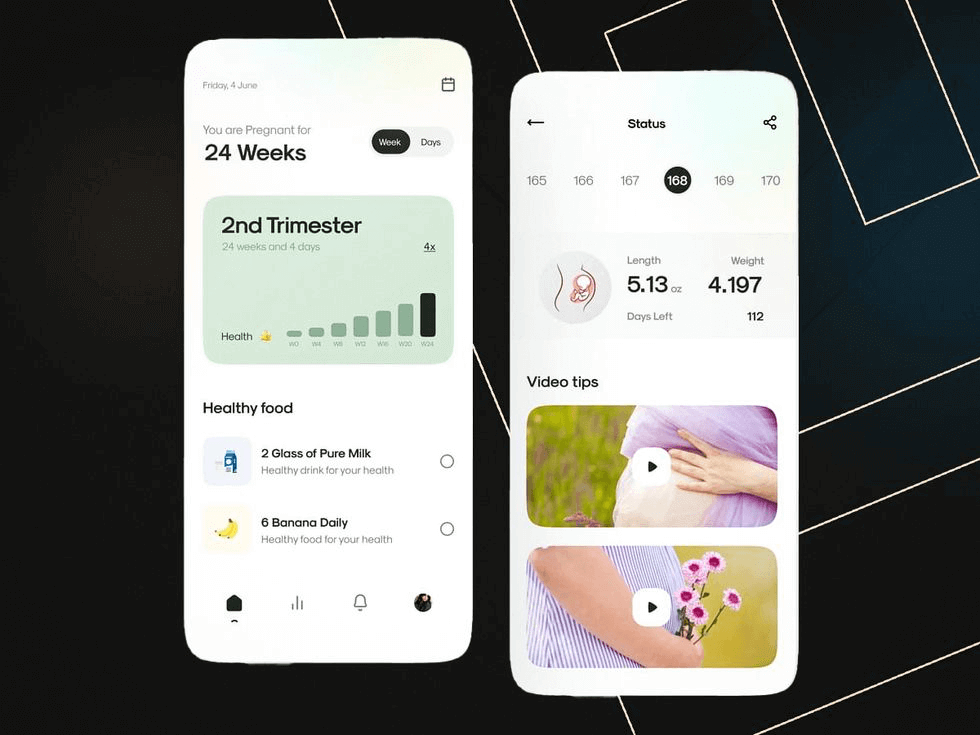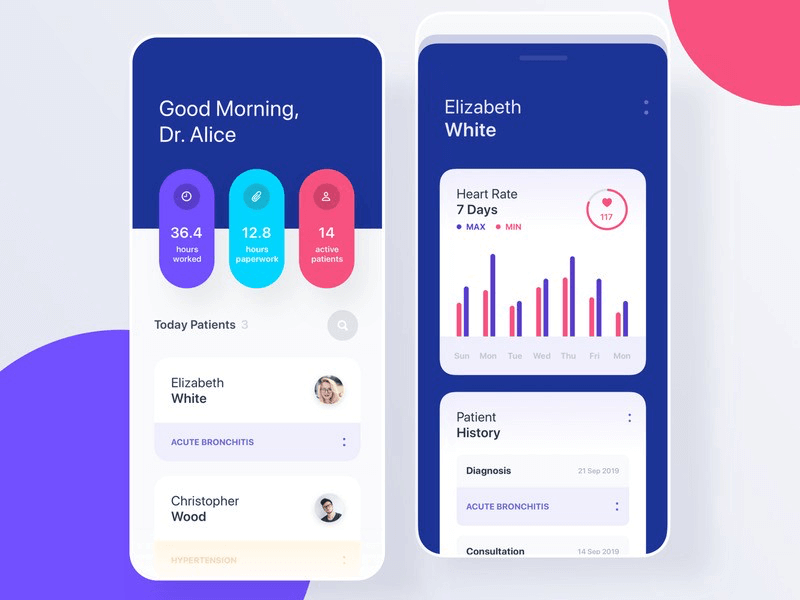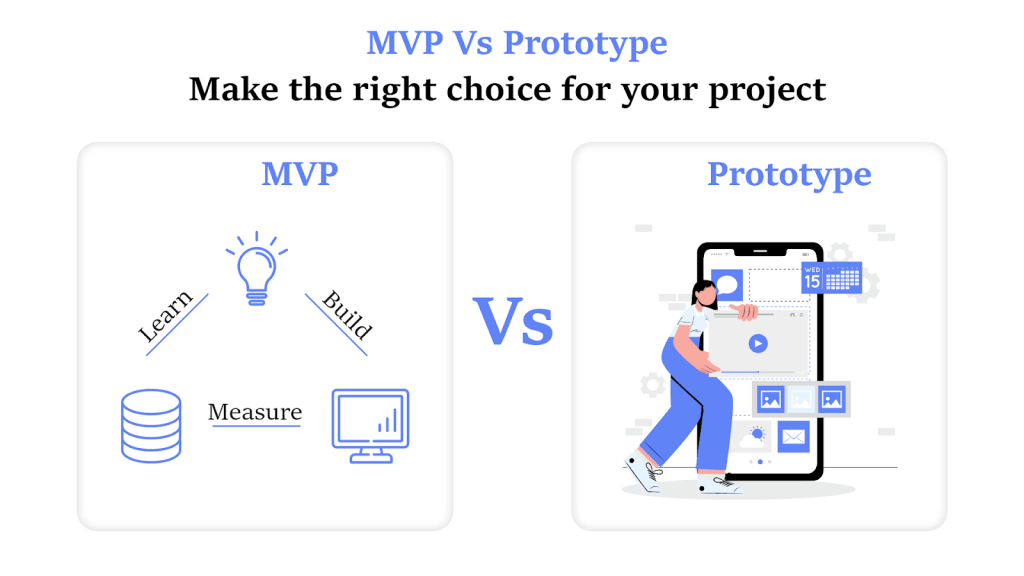Let’s talk about benefits. As you can see from the picture above, the list is impressive and convincing. Let’s have a look at each one!
Fast introducing to the market
Imagine 3-4 months of anticipation to build and deliver a full digital product. No need for that! Instead you can just put basic and must-have features together and release your MVP in as short as, let’s say, 25 days. This way you can see and fix users’ pain points and the newest design trends will add a lot to your product’s captivation and appeal. This also means you are keeping in mind the ongoing market patterns.
Chances to evolve
The MVP process is steady and gradual. With every new version, you make the key components of your digital product better, and the adoption of new features will take no pain.
Makes your product user-centric
Interaction with users prior to the main launch is worth the gold. It makes the ground for perfect planning in terms of cost, AI, automation, and more. This approach will lead you to a product that is facing and solving users’ current needs.
Money and efforts saved
In the case of MVP, there is no need for unnecessary human efforts. You just set aside the entire list of features and focus on the few most important ones.
Testing in real time, faster delivery and usage
Your digital product or service does not have an abundance of screens, so users can absorb the information faster and proceed. Our great recommendation is to invite a targeted audience for testing and feedback before the main launch. It is a mutual service, as they are already enjoying taking care of their health and improving lifestyle while sharing useful comments and observations for your further improvements.
Steady and clear focus
A minimal amount of features make all the customers form a direct, perfectly focused attention to the product. It creates the feeling of important contribution to the MVP testing. Developers save much time and effort avoiding unnecessary stuff.
Wiser roadmap planning
From the first day of launching your MVP, healthcare setting and your team are able to see the product’s strengths and investment needs. The more feedback, the more content to discuss and prioritize, the better vision and improvement for the main version. It works as a great budget savior.
Involve entrepreneurs
With all the things we have described above, you can prepare a plan for fundraising. Clear and comprehensive vision will convince and encourage healthcare investors.
Creating an MVP. Core Steps
Even if it is considered as just testing, MVP is not as simple as it may seem. The healthcare world requires exceptional cautions about personal data safety and attention to details. Here is our guidance for the process, follow these steps below accurately and do not ignore or underestimate anything that may appear secondary.
Study the MARKET
Market research is, no doubt, your first crucial step of an MVP development. Your goal here is to figure out the following: Who are your audience to-be? Who are your rivals in the market, and what can you offer to stand out? Is there a real demand for your product? If yes, what is it going to solve? You also have to develop your legal and regulatory compliance knowledge so that your project has a successful future with no unnecessary stresses and saving your budget from penalties.
Build a CONCEPT
The research and analysis gave you a lot of ideas for the vision of what your product should be like. Now focus on the concept. Your discussion group should ponder on a few things like service strategies, business model, product design, etc. This is the way to stand out and compete. Your roadmap towards MVP development has to be functional and strictly defined.
Decide on your BUDGET
MVPs are meant to be controversial and scrappy, so do not go with the big budget. Try to spend as little as possible so that you are not wasting money before making money. Budgeting step is actually being done after initial planning, features, deadlines, etc. to have a general idea about the financial resources necessary for your MVP. It is important to do everything accurately in order to set the long-perspective revenue from these initial investments.
Looking for DEVELOPERS
As soon as the budget is set, you are able to decide whom to hire: either your in-house team will be fine or the experts of MVP development. It is worth noting that the first option is quite expensive, as a rule, for growing startups. Contract with the professionals variant is, naturally, safer and faster.
Set a DEADLINE
The MVP step doesn’t have to be a holdup. No need to waste too much time building it, in case it doesn’t work out. Make sure your deadline gives you some kind of time pressure. If you give yourself two months, it will be done in two months.
Pick up FEATURES
For a healthcare product to be popular, it has to solve particular user demands. But, first of all, try to keep your MVP software simple. Decide on core elements. It needs to function at the basic level. Map out the user flow diagram. It is a step-by-step visual mapping process outlining what a user does to finish a task, or to complete a goal throughout your product. So keep essentials, non-negotiables, and custom validated features, and cut nice-to-haves and cut everything not aligned with your unique selling point. You are creating for the Healthcare industry, so you need to address patients or doctors and other medical staff.
While solving the needs for doctors, the MVP should have encrypted chats for safe and effective communication with other colleagues, all embracing patient management systems, medical data scanning, and more. Some of the key features for patients include a convenient payment system, easy appointments scheduling, chatbots, vital tracking in real-time, health records, and more.
Choose DESIGN
The actual design of your MVP development is more important than you may think. As well as its making changes, which is inevitable in every process. This vital aspect defines how pleasant to use, intuitive and user-friendly your app is, and if not, the first users will surely show it. While rolling out this stage, focus your efforts on wireframing, collecting user feedback and making iterations based on the insights you’ve got.
DevOps as a ServiceDevOps on autopilot
CTO as a ServiceStregthen your team
Software testingEnsure software quality
Discovery phasePlan your priduct from a to z
Cloud ServicesGeneral information about healthcare cloud services
Google Cloud ServicesEnsuring confidentiality when working with medical systems
AWS Cloud ServicesServices specially designed for the healthcare industry
Microsoft Cloud ServicesPlatform processing, analyzing and sharing medical data
